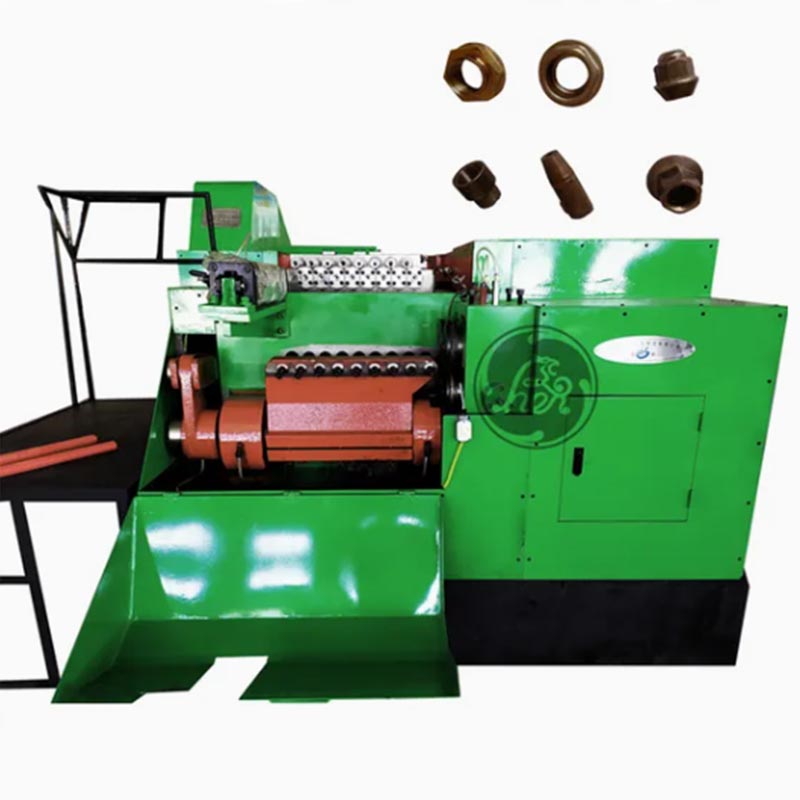Market Development Trend of Nut Part Making Machines
2025-07-07
The market for nut part making machines—used in the manufacturing of nuts, bolts, and other fasteners—has experienced steady growth in recent years. This expansion is driven by increasing demand across various industries including automotive, construction, aerospace, and electronics. As global manufacturing scales up, so does the need for precision components like nuts, which has in turn accelerated the innovation and adoption of advanced nut part making machinery.
1. Technological Advancements
One of the key trends in the nut part making machine market is the integration of advanced technologies such as CNC (Computer Numerical Control), IoT (Internet of Things), and automation. Modern machines offer higher precision, efficiency, and productivity, reducing waste and downtime. Smart machines can self-diagnose issues, schedule maintenance, and connect with enterprise resource planning (ERP) systems for real-time data tracking. These features are particularly attractive to large manufacturers seeking to optimize production lines.
2. Rising Demand for Customization
As end-user industries demand more varied and customized fasteners, manufacturers are investing in flexible nut part making machines. Machines capable of quickly switching between different nut sizes, materials, and threading specifications are gaining popularity. This flexibility reduces the need for multiple machines and shortens production cycles, aligning with the market’s shift toward lean manufacturing.
3. Sustainability and Energy Efficiency
Environmental concerns are pushing manufacturers to adopt energy-efficient machines and cleaner production processes. Newer nut part making machines are being designed to consume less power, minimize scrap, and utilize recyclable lubricants and coolants. This not only lowers operating costs but also helps companies meet increasingly stringent environmental regulations, especially in regions like the European Union.

4. Growth in Emerging Markets
Developing economies in Asia, particularly China, India, and Southeast Asia, are witnessing rapid industrialization and infrastructure development. This has created a surge in demand for fasteners and, consequently, nut part making machines. Local manufacturers in these regions are upgrading their production capabilities, often with support from government initiatives aimed at strengthening domestic manufacturing.
5. Post-COVID Supply Chain Reorganization
The global supply chain disruptions caused by the COVID-19 pandemic highlighted the vulnerabilities in over-reliance on certain regions for parts and components. As a result, many countries are reshoring or diversifying their manufacturing bases. This trend has led to increased investment in local nut part production and corresponding demand for modern nut making equipment.
6. Competitive Landscape and Innovation
Competition in the nut part making machine market is intensifying, with established players and new entrants striving to offer differentiated solutions. Innovations such as hybrid machines that combine forming, threading, and inspection into one unit are being developed. These machines reduce floor space, simplify workflows, and lower labor costs.
Conclusion
The market development trend of nut part making machines is characterized by innovation, customization, and efficiency. As industries continue to evolve, the demand for fast, flexible, and sustainable nut manufacturing solutions will drive the growth of this sector. Companies that invest in smart manufacturing and adapt to shifting market demands are likely to maintain a competitive edge in the years ahead.
As a professional manufacturer and supplier, we provide high-quality products. If you are interested in our products or have any questions, please feel free to contact us.


